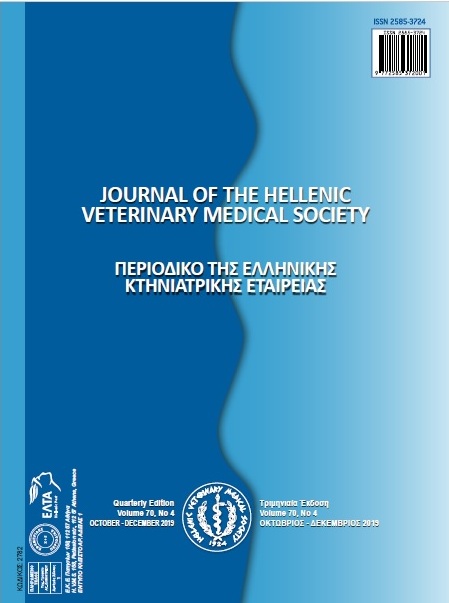Analyzing risk factors for lumpy skin disease by a geographic information system (GIS) in Turkey

Abstract
Lumpy skin disease (LSD) is caused by the virus of the same name and has major economic impacts on cattle breeding. In Turkey, frequent cases of cattle LSD have been reported over the last years. The present study aimed to analyze potential risk factors for LSD and provide information for controlling the spread of infectious diseases by a geographic information system (GIS). The research included cross-sectional and retrospective studies with active disease follow-up and semi-structured interviews (SSI) from August 2013 to December 2014 in Turkey. Potential risk factors for LSD were evaluated based on environmental conditions and provincial demographic and epidemiological data. Of the total of 562 observed animals, 27.22% and 2.67% of cattle were sick and died due to LSD, respectively. The morbidity rate was 26.04% in mixed and 38.18% in local breeds. The animal-level prevalence significantly differed among animals of different age, sex, and with different vaccination status (P<0.05). It was more serious in younger animals and females and during drier weather conditions. A trend of seasonality was observed in LSD occurrence. Significant risk factors affecting the prevalence of LSD were proximity to the southern border of Turkey, animal movements, and animal markets. In this process, geographical query, analysis, and thematic map production were performed by GIS.
Article Details
- How to Cite
-
INCE, O., & TÜRK, T. (2020). Analyzing risk factors for lumpy skin disease by a geographic information system (GIS) in Turkey. Journal of the Hellenic Veterinary Medical Society, 70(4), 1797–1804. https://doi.org/10.12681/jhvms.22222
- Issue
- Vol. 70 No. 4 (2019)
- Section
- Research Articles

This work is licensed under a Creative Commons Attribution-NonCommercial 4.0 International License.
Authors who publish with this journal agree to the following terms:
· Authors retain copyright and grant the journal right of first publication with the work simultaneously licensed under a Creative Commons Attribution Non-Commercial License that allows others to share the work with an acknowledgement of the work's authorship and initial publication in this journal.
· Authors are able to enter into separate, additional contractual arrangements for the non-exclusive distribution of the journal's published version of the work (e.g. post it to an institutional repository or publish it in a book), with an acknowledgement of its initial publication in this journal.
· Authors are permitted and encouraged to post their work online (preferably in institutional repositories or on their website) prior to and during the submission process, as it can lead to productive exchanges, as well as earlier and greater citation of published work.


